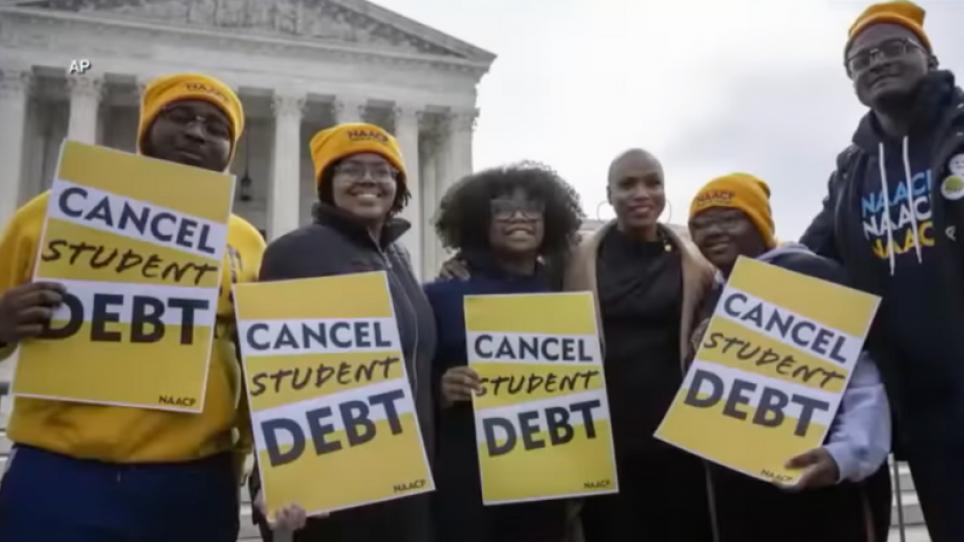
While the pause on federal student loan payments has been extended eight times over the past three years, borrowers will be required to resume payments starting September 1st, 2023. The end to the moratorium on payments has been written into law as part of the deal to suspend the debt ceiling.
The Trump administration instituted the pause on payments in March of 2020 in order to provide some financial relief for Americans dealing with the fallout of the pandemic. During the pause, borrowers were not required to make payments, while simultaneously no interest accrued. At the same time, default loans were not sent to collections. The last extension occurred in November 2022 as the legality of Biden’s student loan forgiveness plan was called into question.
The Education Department is trying to prepare borrowers to resume payments. Some households will have trouble absorbing an extra monthly expense that can reach far into the hundreds. The Federal Reserve estimates that the average payment is between $200 and $299.
What To Do If You Have Student Loans
For those who have student loans, there are some steps you can take to ease the transition back into making payments.
-
Get to Know the Details of Your Account
Spend some time on the Federal Student Aid website and make sure that you have a firm grasp on what you owe and the interest rates you will be paying. You can also find out the name of the company that is servicing your loans and contact them about various repayment options and other solutions that will help you eliminate your debt.
-
Be on the Lookout for Notices
The loan servicer will likely begin sending out notices regarding the restart of repayments. Keep in mind that the Education Department prefers to communicate via email, so beware of any phone calls and voicemails from people claiming to work for a federal agency.
We will be in direct touch with borrowers and ramping up our communications with servicers well before repayment resumes to ensure borrowers and their families are receiving accurate and timely information about the return to repayment.
-
Revisit Your Repayment Plan
There is a good chance that your financial situation has changed over the past three years, which means that your old repayment plan may no longer be the best option. For many new graduates, the standard 10-year repayment plan will be the best option. However, there are many other options worth exploring.
In fact, the Education Department offers a loan simulator tool that can help you calculate different ways to lower your payment amounts and/or pay off loans faster. Your best bet is to contact loan servicers now before they are inundated with calls this fall.
-
Research Debt Forgiveness Programs
There are several programs already in place that can help you significantly reduce the amount of your loans. For instance, the Public Service Loan Forgiveness plan is available to those employed by qualifying nonprofit organizations and the government. Borrowers who provide public services for 10 years can have their loan balance forgiven.
In addition, there are income-driven plans that may offer forgiveness after 20 to 25 years of payments. If you don’t qualify for any of the programs at the moment, be on the lookout for new initiatives in the coming years that offer even more generous forgiveness options.
-
Seek out Help
For those who were in default before the payment pause was put in place, you may be able to return to good standing through a program called Fresh Start. To find out if you are eligible for the program, contact your loan holder or the Education Department’s Default Resolution Group.
While restarting student loan payments may present a hardship for many borrowers, there are options available. The key is to be proactive about contacting loan servicers and becoming familiar with the various programs that may provide relief.
">Header image credit: Youtube
